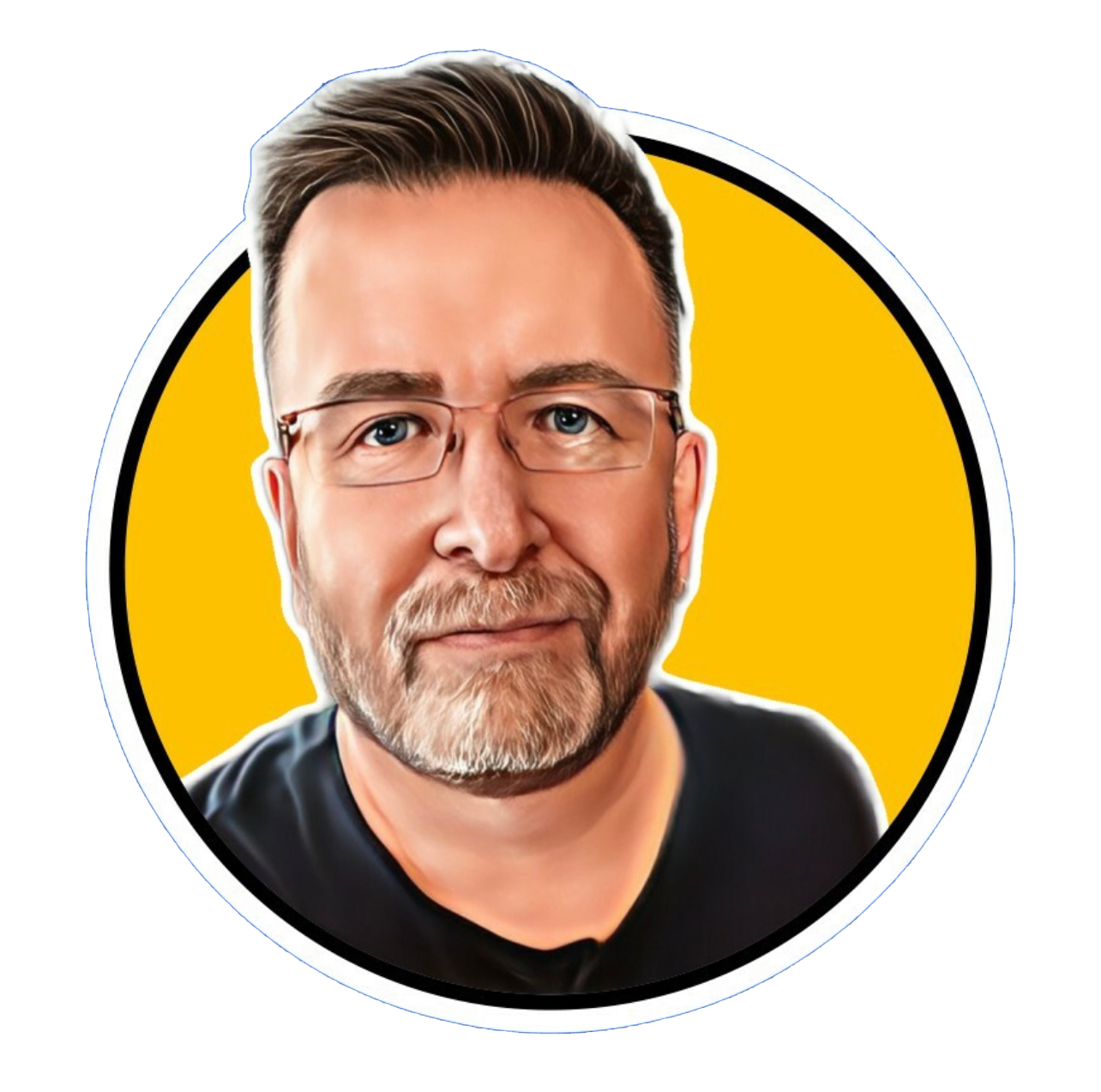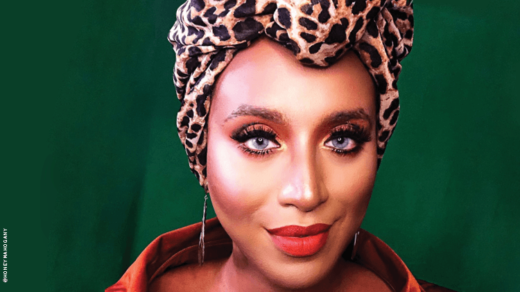How ‘The Blue Lagoon’ Saved My Life
On July 2, 1980, the third motion picture version of author Henry De Vere Stacpoole’s novel The Blue Lagoon was released. The 1908 book is the story of two Victorian-era children, a boy and girl, shipwrecked on an uninhabited tropical island, who eventually fall in love when they become teenagers (a tale not far removed from Adam and Eve in paradise). The previous two films adapted from of the novel, a 1923 silent movie and a G-rated color picture in 1949 — were notably tame compared with the R-rated version’s bounty of sex and nudity. In fact, People magazine’s August 11, 1980, cover story about this box-office smash featured a headline declaring that the film’s two young stars, 15-year-old Brooke Shields and 19-year-old Christopher Atkins, “stir another ruckus over teen love in the movies.”
Despite the initial controversy (and also because of it), the 1980 version has remained a reliable rental through the years and spawned a 1982 copy-cat movie called Paradise; a 1991 sequel, Return to the Blue Lagoon; and Blue Lagoon: The Awakening, a 2012 TV movie that is really is just an “inspired by” version of the story — though it is notable for a Chris Atkins cameo.
At the time of the release of gay director Randal Kleiser’s version of The Blue Lagoon, I was an effeminate queer kid savagely bullied on a daily basis and barely surviving the testosterone-fueled aggression of my seventh-grade male peers, who literally spit in my face. The previous year — at the age of 12 — I attempted suicide, in part because this constant bullying took place both outside and inside of my home. All of the children in my family were adopted, including a mixed-race older brother. We were told that all of us were of European descent, most likely because we were born during the 1960s, when race relations in the U.S. were seemingly at a nadir.
Because of negative attitudes of the era, I believe my parents handled my mixed-race sibling with kid gloves, even though he was volatile and destructive. Professional care would likely have benefited him (and us) greatly. But my parents were working-class kids from Los Angeles who moved to the suburbs to join the mid-century American middle class. Child psychology just wasn’t an option in those circles back then. I don’t even know if it was affordable. Juvenile hall was pretty much the only, and final, option — which I know my parents would’ve never considered. I earned straight A’s in school, so my parents seemed to use that as a measure of how well I managed our family dynamic. The fact that I saved up three weeks’ allowance to buy a lock for my bedroom door, for protection from my oldest sibling, may confirm some above-average survival skill at that age. The installation of the lock did take place prior to my first suicide attempt, so who knows? Still, my bedroom became the only place on earth where I felt safe and at ease — until I started going to see movies by myself.
I started riding my orange Schwinn bicycle to the Fashion Square Four Theaters in La Habra, Calif., that summer. At the ticket booth, I’d pay $3.50 to see a PG-rated film. Once inside the movie house, I’d sneak into a theater showing an R-rated picture. It was so relaxing to just sit in the dark where no one could see or destroy me. I could breathe easily. Their eyes were focused on the screen, yet it was still a shared experience with other people — something I desperately longed for. Sitting through several movies each day was not uncommon for me. During the week that followed the July 4 holiday, I snuck in to see The Blue Lagoon.
In addition to beautiful Brooke and sexy Chris, the film offered the sumptuous, Oscar-nominated cinematography of Néstor Almendros and the romantic, dreamy soundtrack composed and conducted by Basil Poledouris. I bought the soundtrack on vinyl later that summer and would listen to it most often when struck by frequent bouts of insomnia. For years, that soundtrack was the only thing that could lull me into a tranquil slumber.
The moment Brooke Shields’s visage first appeared on the screen during that first viewing, I was spellbound. Never had I encountered such a beautiful creature in my young life. And to watch her run around a tropical paradise with no one else there but a nearly (and sometimes completely) naked Chris Atkins was beyond appealing. As soon as the credits rolled, the conversion was complete; Brooke Shields had become my muse and goddess on earth. And I wanted to be Brooke as well as be her best friend. I snuck in to see the film another four times that summer. The filmmakers may well deserve some money from me.
The unrivaled fascination that developed for Brooke Shields gave this suicidal queer kid something to look forward to. When she was a teenager, the massiveness of her international fame was comparable to that of Titanic-era Leonardo DiCaprio. So there was always a new magazine cover, commercial, or TV appearance to devour (Brooke graced six covers of American Vogue before graduating high school!). She even sent me several autographed postcards in response to my many fan letters. In the teen magazines, I found other Brooke fans and gained international pen pals. Through the magazines she appeared in, everything from Tiger Beat to Interview, from National Lampoon to Harper’s Bazaar, I discovered queer legends, like photographer Francesco Scavullo, artist and icon Andy Warhol, and author Fran Lebowitz, and that the song “Pretty Baby,” by one of my favorite bands, Blondie, was about Brooke. How cool is that!
Constant exposure to some of the 20th century’s greatest visual artists who’d worked with Brooke allowed me to develop a keen eye. I became a professional photographer for a period, shooting photos of the post-hardcore band Fugazi, transgressive author Dennis Cooper (who proclaimed me to be “the world’s biggest Brooke Shields fan” in a 1993 L.A. Weekly article), and publicity stills for Gregg Araki’s seminal queer film The Living End. Through osmosis I became media-savvy, which led to staff work as a magazine photo editor. In the year 2000, my dream came true and I produced a gender-fluid cover shoot with Brooke for the print edition of The Advocate. That cover story became an international sensation, got me a promotion, and led to Brooke being cast as Cherry Jones’s wife in the TV movie What Makes a Family.
In addition to the thrill of working with the living icon, it felt almost like, in some small way, I was able to pay her back for all that she’d unknowingly done for me. At the cover shoot, I never revealed to her what she meant to me growing up. It felt unprofessional. When I asked her a question about an episode of Suddenly Susan after the shoot, she responded “You saw that!?!” And the creative director laughed quietly to himself because he knew I had every episode of her hit sitcom on videotape. Chronologically.
It’s important to note that Brooke’s beauty alone was not all that made her so captivating to me. It was also her intelligence, grace, professionalism, integrity, and talent for making people laugh — qualities I long believed her to possess and that proved to be real on the day we worked together. Brooke also grew up surrounded by gay men, so there’s an ingrained camp sensibility she possesses that is often overlooked (just watch her 1996 guest spot on Friends and her recurring role as River Fields on Jane the Virgin for proof of this). I, for one, was not surprised at all by her success in musical theater on Broadway and London’s West End. Musical theater is about as queer as entertainment gets. And I mean that as the deepest compliment to both musical theater and Brooke.
Today, there are hundreds of LGBTQ+ role models — more than I ever imagined possible back in the early 1980s, when there were far too few. There were almost none that could be readily discovered by a teenage queer kid in a predominantly white suburb with a manifesto for homogeneity. Much as with the queer men before me who worshipped Judy Garland, Joan Crawford, and Cher, my Brooke Shields obsession helped keep me hopeful and alive until I was able to venture out in the larger world and find other LGBTQ+ human beings. But I will always be a fan of Brooke Shields the artist and the person. How can I not? A DJ may have saved someone else’s life, but Brooke Shields and The Blue Lagoon saved mine.
Michael Matson is a writer, former photography director for The Advocate, Out, and Tiger Beat magazines, and author of the forthcoming novel The Boy Looked at Brooke.
Original Article on The Advocate
Author: Michael Matson




